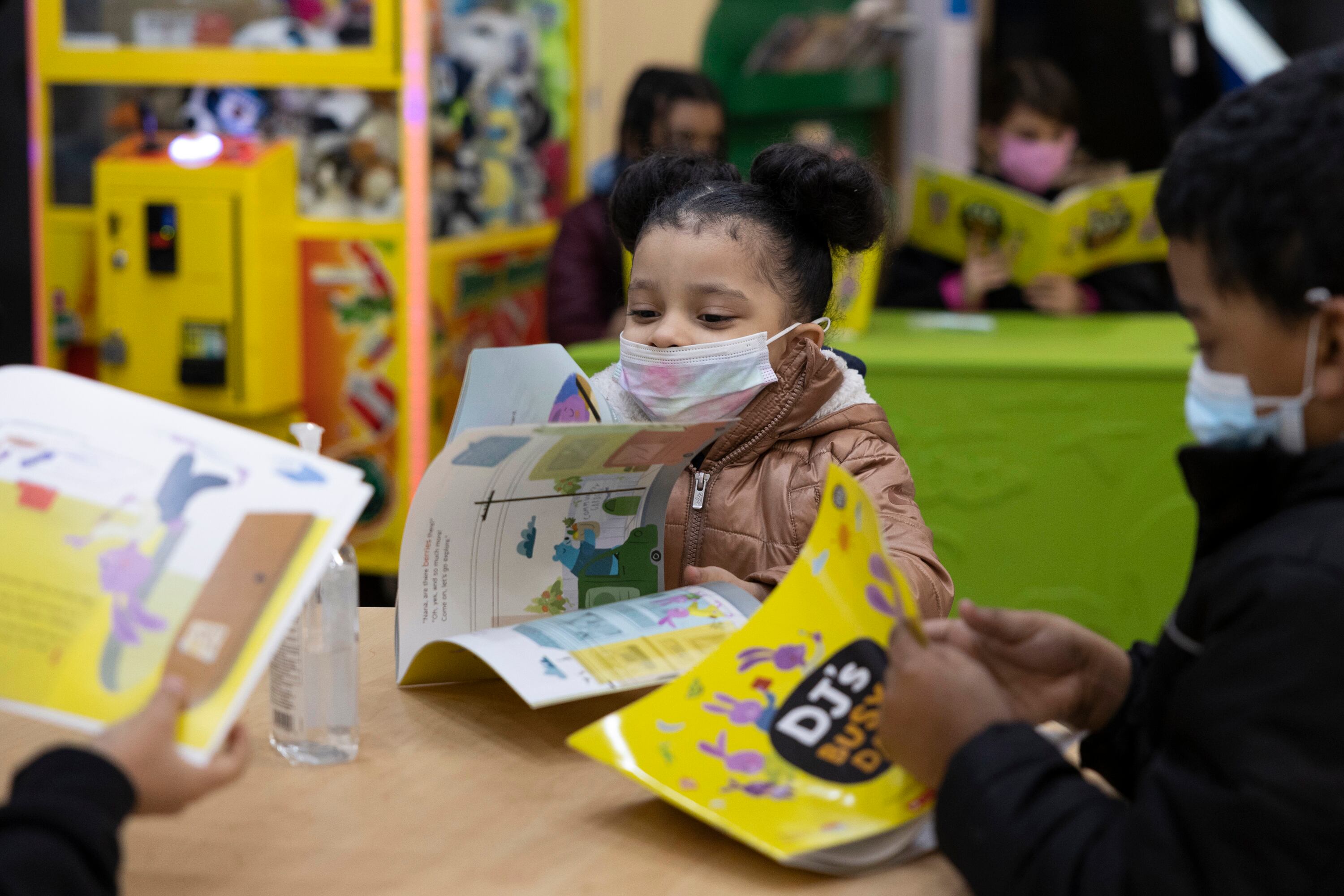As the state’s dyslexia screening pilot program enters its second year, several Colorado districts are rolling out their own screening programs to flag children at risk for the learning disability.
The 29,000-student Boulder Valley district will screen all kindergarteners for dyslexia this spring, after piloting the screening tool at some elementary schools for two years. The Denver district, Colorado’s largest, began screening students in kindergarten through second grade at five schools last spring, and this year will expand to a dozen schools. The tiny La Veta district in southern Colorado will begin screening all kindergarten and first grade students at its only elementary school this year.
The three are among a growing number of Colorado districts poised to go beyond state requirements in the hopes that universal screening will help teachers better tailor instruction and give families more information about potential learning challenges.
Their efforts come as the state continues a small dyslexia screening pilot program that will likely yield recommendations in the second half of 2023. That program was delayed a year because only one school applied initially.
Dyslexia is a common learning disability that makes it hard to identify speech sounds, decode words, and spell them. It can interfere with the ability to read and learn for a lifetime, but with the right instruction, students can do as well as their peers. Dyslexia affects 15-20% of the population, according to the Colorado Department of Education.
Michelle Qazi, Boulder Valley’s literacy director and a member of the state’s Dyslexia Working Group, believes universal screening is more equitable than the old system where a family with a struggling reader would often pay for an expensive outside evaluation for dyslexia.
“We are screening every single kindergartner that comes in,” she said. “It’s a really important piece of data.”
Asked whether a universal statewide dyslexia screening would promote equity, Floyd Cobb, the associate commissioner for student learning at the Colorado Department of Education, said it’s a question for state lawmakers.
“Our role is not to get into the middle of a policy type of decision,” he said. “So, I don’t want to ponder or opine on universal [screening].”
COKID, a statewide dyslexia advocacy group, has pushed for a universal dyslexia screening law, but so far has not succeeded.
Colorado’s main reading law requires school districts to identify kindergarten through third grade students who are far behind in reading and provide them with extra help. But the assessments used in that process can miss students with dyslexia, sometimes because struggling readers aren’t far enough behind or because they use other skills to hide weak reading ability.
Qazi said more than 60% of Boulder Valley students flagged by the dyslexia screener didn’t qualify for extra help under the state reading law. In other words, the screener captured a lot of kids who might have otherwise fallen through the cracks. While the screening is conducted only in kindergarten for now, Qazi said teachers in higher grades will be able to see whether a child was flagged.
Boulder Valley was one of the first Colorado districts to pilot a dyslexia screening program, launching the program in 2020. But the district has also pushed back at times against state efforts to improve reading instruction. The district initially sought to keep using a state-rejected curriculum, but ultimately agreed to switch.
Nikki Myers, principal of the Academy for Advanced and Creative Learning, a charter school for gifted students participating in the state pilot program, said her team was sometimes surprised by which students were found to have markers for dyslexia.
The learning disability can stay mostly hidden in some gifted students, she said. “They’re not going to be that heavily impacted. They can mask … but it shows up in their fatigue.”
Although the state dyslexia screening targets K-3 students, the academy opted to separately screen fourth through eighth grade students. Myers said the idea was to give older students with reading weaknesses strategies that can help when they’re wondering, “Why am I so tired? Everyone else seems like they’re breezing through this.”
Myers’ school was one of three schools to participate in the state pilot program last year, and will be the only repeat school among the four participating this year. She said one of the challenges last year was determining what characteristics were truly markers of dyslexia and what were the result of “pandemic weirdness.”
Colorado students, like those elsewhere, lost ground in reading during the pandemic. But the state’s third-graders — in contrast to students in most higher grades — bounced back to pre-pandemic proficiency rates on state literacy tests this year.
Rachel Arnold, literacy coordinator in the 200-student La Veta school district, believes districts large and small, urban, suburban and rural all can screen for dyslexia. Last year, when she worked in the Englewood district in suburban Denver, she started a dyslexia screening program at Clayton Elementary. This year, she’s helping launch one in La Veta.
Arnold said assessments required by the state reading law cover several of the components needed for dyslexia screening, and that adding a couple more pieces can complete it.
“All schools have this agency,” she said. “It’s really not that different from the assessments we do anyway.”
Ann Schimke is a senior reporter at Chalkbeat, covering early childhood issues and early literacy. Contact Ann at aschimke@chalkbeat.org.





